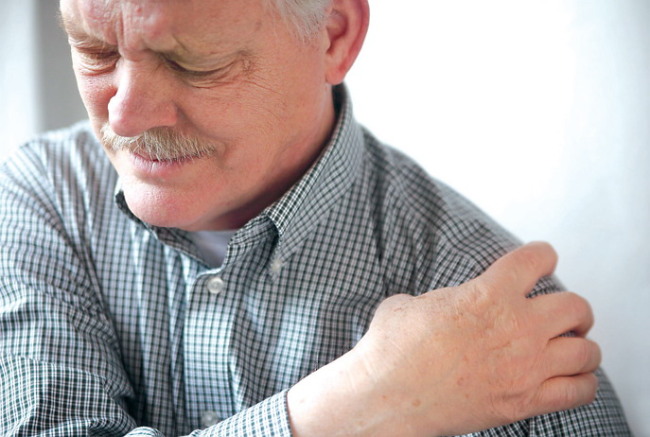Osteonecrosis more common in men than women in Korea
By Claire LeePublished : Aug. 28, 2014 - 20:40
Men are much more prone to osteonecrosis ― a disease resulting from the loss of blood supply to the bones ― than women in South Korea, according to a study organized by the nation’s Health Insurance Service.
According to the researchers, Korean men are 1.7 times more likely to develop the disease, which eventually causes the bone to break down, than Korean women. The number of patients with the illness has been on the rise in the country since 2007.
While 22,354 were treated for the disease in 2007, a total of 25,993 patients sought medical help for the illness in 2013. More than 68 percent of all patients were aged 50 or older. Male patients accounted for more than 60 percent of the total patients.
According to the researchers, Korean men are 1.7 times more likely to develop the disease, which eventually causes the bone to break down, than Korean women. The number of patients with the illness has been on the rise in the country since 2007.
While 22,354 were treated for the disease in 2007, a total of 25,993 patients sought medical help for the illness in 2013. More than 68 percent of all patients were aged 50 or older. Male patients accounted for more than 60 percent of the total patients.

Some of the risk factors of the disease include smoking, alcohol abuse or hyperlipidemia. In South Korea, one of the major causes of the disease is heavy drinking, according to National Health Insurance Service Ilsan Hospital.
In a recent report released by Euromonitor, a London-based market intelligence firm, South Koreans were said to drink 13.7 shots of liquor per week on average. This makes them the heaviest drinkers in the world, beating Russians and Thais, according to the study.
Doctor Oh Hyun-chul from the hospital says while it is important for Koreans to avoid heavy drinking, in many cases there isn’t much an individual can do to prevent the disease. Having certain diseases, such as cancer, chronic liver diseases, renal diseases or arthritis may also increase one’s chance of developing osteonecrosis.
“Sometimes it happens after joint injuries among the elderly population. Sometimes it happens after an organ transplant or bone marrow transplant surgery,” he said.
As the disease is caused by reduced blood flow to the bones in the joints, the bone eventually starts to die and may break down. The disease can develop in any bone, including the thigh, upper arm, knee, shoulder or hip. It can cause severe pain and even disability.
The health expenditures from osteonecrosis totaled 38.2 billion won ($37.6 million) in 2007 and increased to 46.3 billion won in 2013. More than 90 percent of the patients with the disease were hospitalized for treatment in the same year.
According to the National Insurance Service, the disease cannot be cured completely for adult patients, but can be controlled with a number of treatments. They include electrical stimulation, surgery, limiting activities and medicines.
Those who have surgery for the condition often need a procedure to remove the core of their bone from the affected area. The procedure helps to improve blood flow.
“It is important to minimize the pressure on joints,” the agency said in a statement. “It is also important to keep proper posture and avoid extreme activities. For some patients, it may become necessary to use crutches.”
By Claire Lee (dyc@heraldcorp.com)







![[Graphic News] More Koreans say they plan long-distance trips this year](http://res.heraldm.com/phpwas/restmb_idxmake.php?idx=644&simg=/content/image/2024/04/17/20240417050828_0.gif&u=)
![[KH Explains] Hyundai's full hybrid edge to pay off amid slow transition to pure EVs](http://res.heraldm.com/phpwas/restmb_idxmake.php?idx=644&simg=/content/image/2024/04/18/20240418050645_0.jpg&u=20240419100350)





![[From the Scene] Monks, Buddhists hail return of remains of Buddhas](http://res.heraldm.com/phpwas/restmb_idxmake.php?idx=652&simg=/content/image/2024/04/19/20240419050617_0.jpg&u=20240419175937)

![[KH Explains] Hyundai's full hybrid edge to pay off amid slow transition to pure EVs](http://res.heraldm.com/phpwas/restmb_idxmake.php?idx=652&simg=/content/image/2024/04/18/20240418050645_0.jpg&u=20240419100350)

![[Today’s K-pop] Illit drops debut single remix](http://res.heraldm.com/phpwas/restmb_idxmake.php?idx=642&simg=/content/image/2024/04/19/20240419050612_0.jpg&u=)